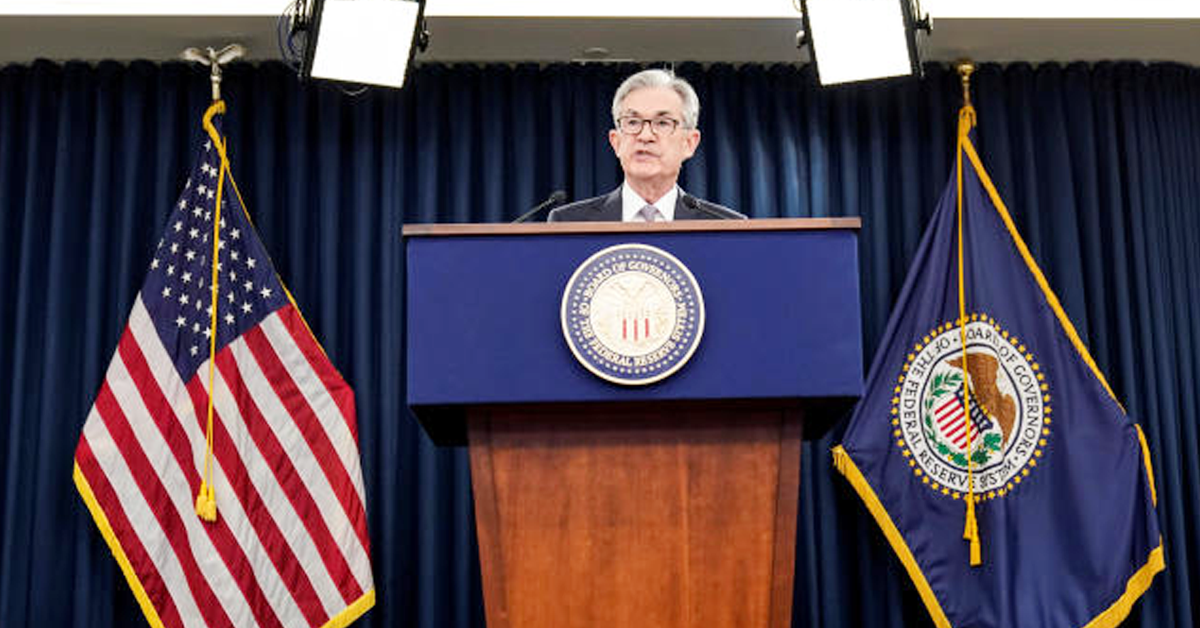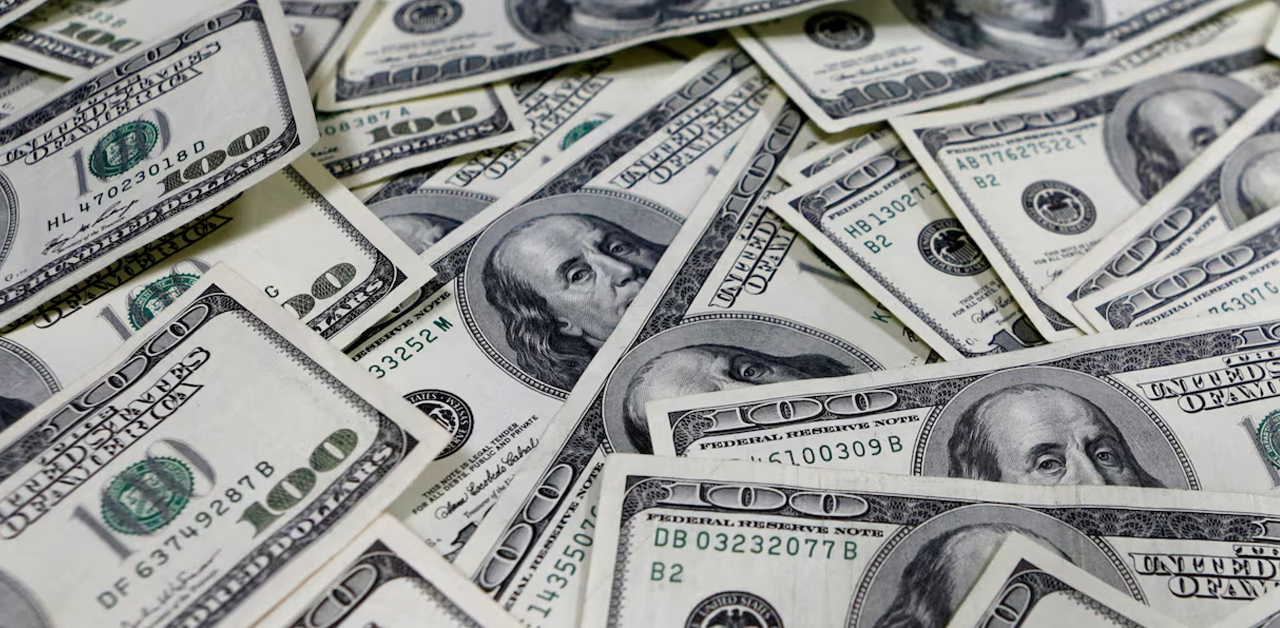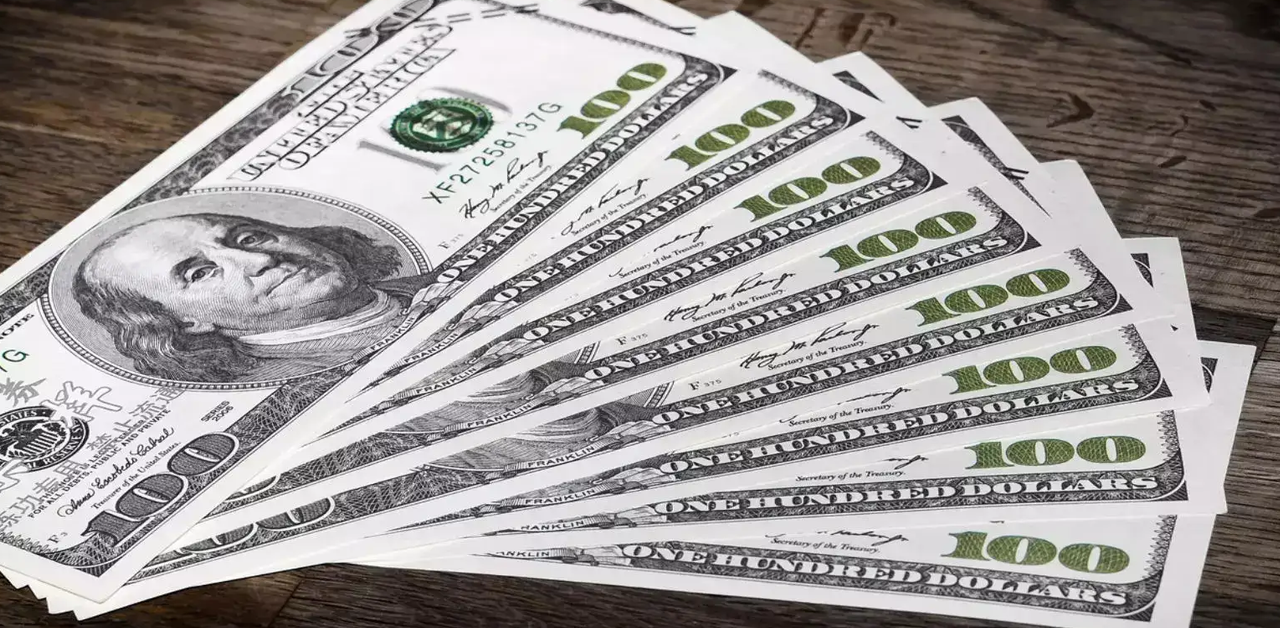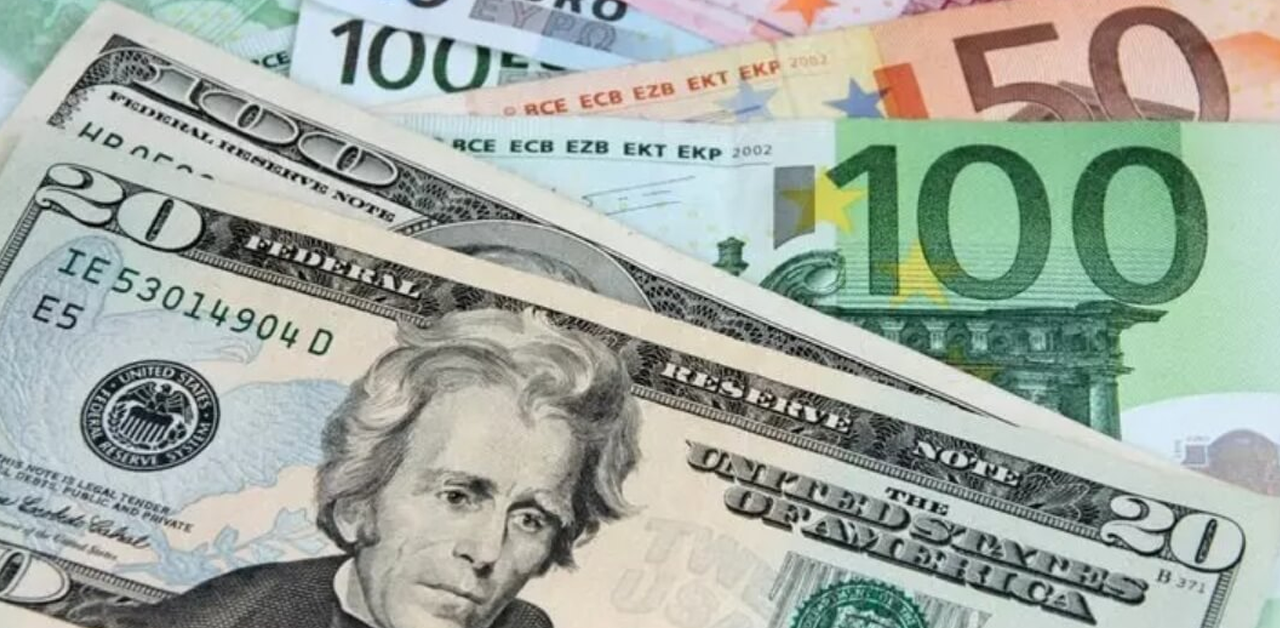Powell Expected to Indicate Rate Cuts Hinge on Further Inflation Reduction
Following three consecutive inflation reports that exceeded expectations, Federal Reserve officials have become increasingly cautious about the likelihood of interest rate cuts this year. As they conclude their latest policy meeting on Wednesday, the focus is on whether they will continue to anticipate any rate cuts for the remainder of the year.
Previously, Wall Street traders had predicted up to six rate cuts in 2024, but they have since adjusted their forecasts to just one reduction. This shift in sentiment comes despite the Fed’s benchmark rate currently standing at a 23-year peak of 5.3%, following 11 increases that concluded last July. At their March 20 meeting, Fed policymakers themselves had projected three rate cuts in 2024. Such reductions would typically lead to decreased borrowing costs for consumers and businesses, affecting mortgages, auto loans, and credit cards.
Despite the change in trader expectations, most economists still anticipate two rate cuts this year, although they concede that persistent high inflation could result in fewer or no cuts. The Fed’s preferred inflation measure recorded a 4.4% annual rate in the first three months of this year, a significant increase from 1.6% at the end of 2023 and well above the Fed’s 2% target.
Economic indicators suggest a healthier economy and stronger hiring than most economists had anticipated. The unemployment rate has stayed below 4% for over two years, marking the longest stretch since the 1960s. Consumer spending also remained strong in the first quarter of the year. Consequently, Fed Chair Jerome Powell and other officials have expressed that they are in no rush to lower the benchmark interest rate.
In recent remarks, Powell noted that the ongoing high rate of price increases has diminished the confidence among Fed officials that inflation would steadily return to their target, making imminent rate cuts unlikely. He emphasized that rate cuts would be off the table as long as inflation stays elevated, although he did not suggest that new rate hikes were being considered.
Most economists anticipate Powell will reaffirm this stance in the news conference following the Fed’s meeting. However, any deviation from his previous suggestion that the rate has likely peaked could signal a lesser likelihood of rate cuts this year.
Economic growth slowed to a 1.6% annual pace in the early months of the year, yet consumer spending growth remained vigorous, indicating potential ongoing economic expansion. This persistent strength has led some Fed officials to consider whether current interest rates are sufficient to moderate the economy and inflation. Some speculate that rates might need to increase if inflation does not continue to decline.
Additionally, on Wednesday, the Fed might announce a reduction in the pace of unwinding one of its major COVID-era policies—the purchase of trillions of dollars in Treasury securities and mortgage-backed bonds. This process, intended to stabilize financial markets and maintain low long-term interest rates, is currently set to let $95 billion in securities mature monthly without renewal. In March, officials discussed decreasing this amount to about $65 billion per month to avoid market disruptions similar to those in 2019 when a similar strategy led to spikes in short-term interest rates. The goal is a more methodical reduction to prevent market instability.












